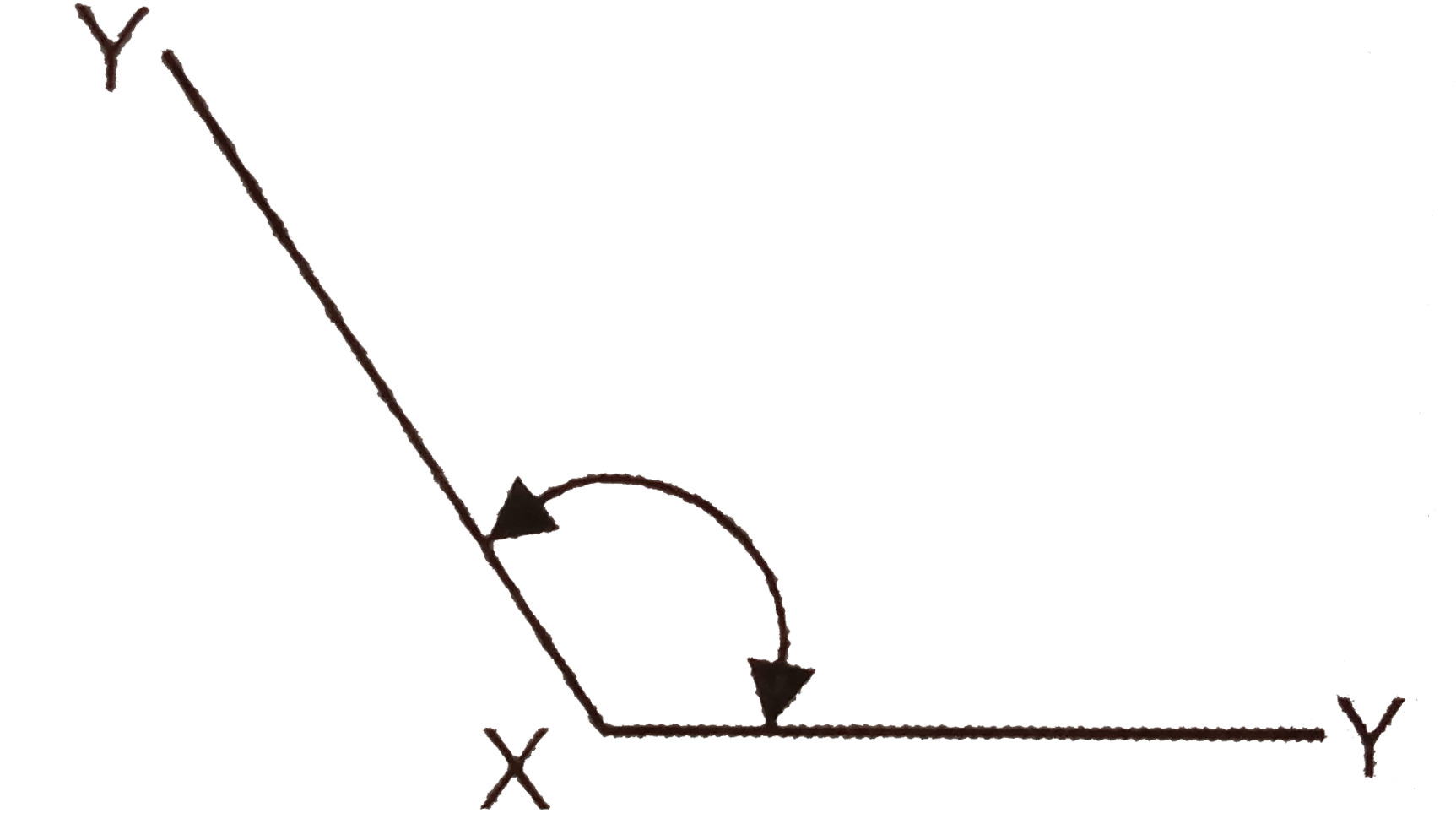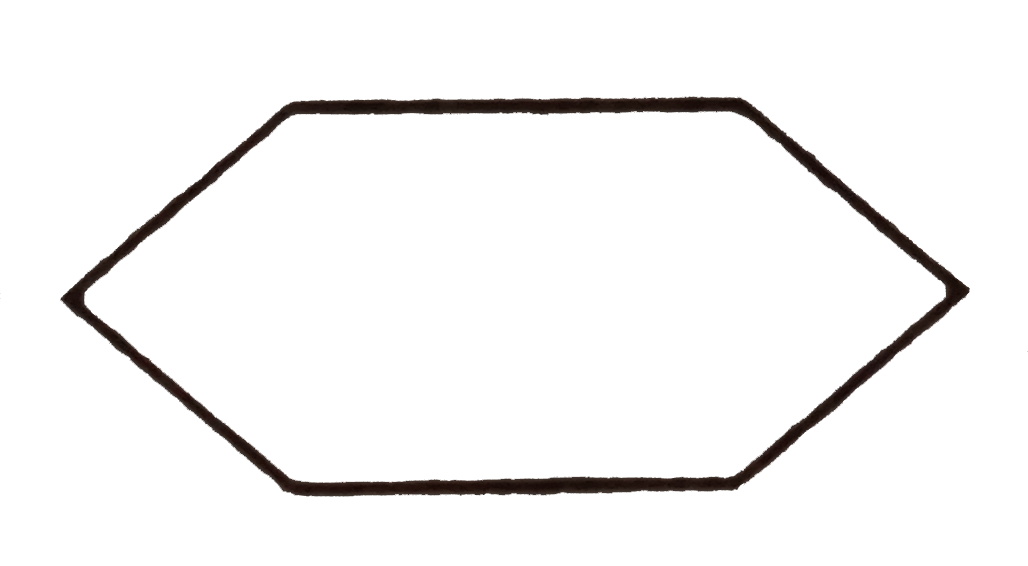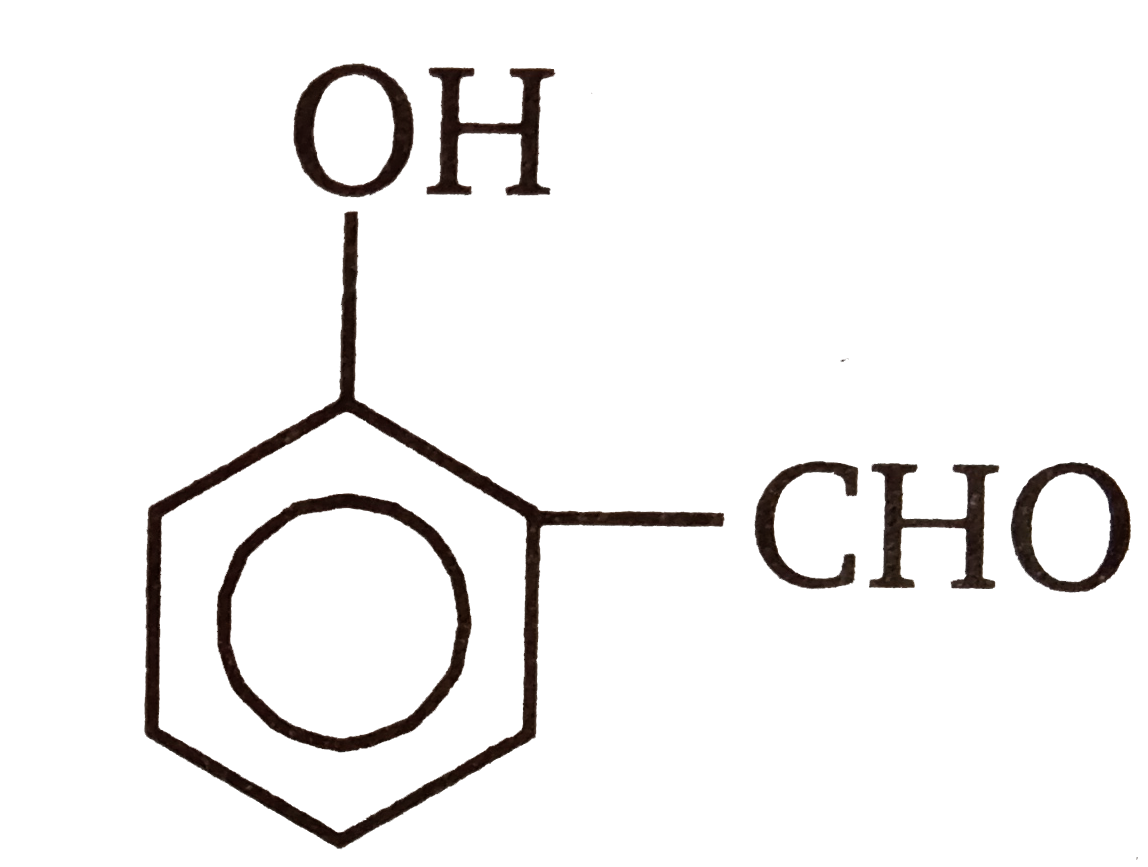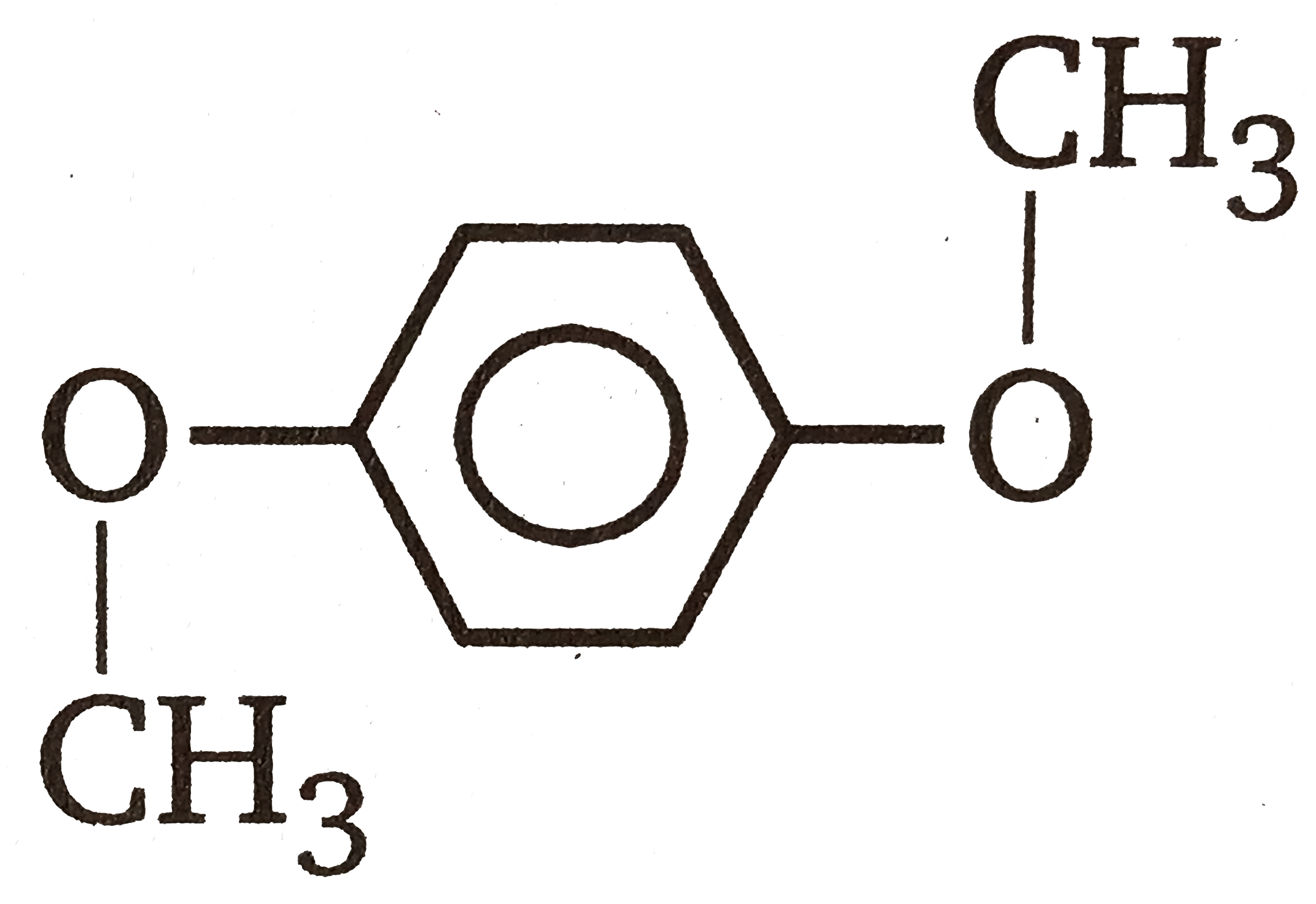Exercise from P BAHADUR CHEMISTRY (HINGLISH) CHEMICAL BONDING for Class 11
| Class 11 | CHEMISTRY |
| Chapter | CHEMICAL BONDING |
| P BAHADUR CHEMISTRY (HINGLISH) | Exercise |
| Medium | English |
| Academic Year | 2023-2024 |
Question 3
You are given Avogadro's no . Of X atoms . If half of the atoms of X transfer one electron to the other half of X atoms 409kJ must be added . If these X− ions are subsequently converted to X+, and additional 733kJ must be added . Calculate IP and EA of X in eV Uses (1eV=1.602×10−19J and Na=6.023×1023) .View SolutionQuestion 8
A mixture contains F and Cl atoms . The removal of an electron form each atom of the sample requires 28kJ while addition of an electron to each atom of mixture releases 68.8kJ energy .Calcualte the % composition of mixture .Given IE per atoms for F and Cl are 27.91×10−22kJ and 20.77×10−22kJ.
Electron gain enthaply for F and Cl are −5.31×10−22kJ and −5.78×1022kJ respectivley View SolutionQuestion 246
Lewis concept of covalency of an element involved octet rule .Later on it was found that many elements in their compoinds e.g,BeF2,BF3 etc . Have incomplete octet whereas PCl5,SF6 etc , have expanded octet . This classical conept also failed in predicting the geometry of molecules .Modern concept of covalence was propsed in terms of valence bond theory proposed by Heitler and London and later on modified by Pauling nad Slater . Hybridisation concept alongwith valence bond theory although successfully explained the geometry of various molecules but failed in many molecules . the geometry of such molecules was explained by VSEPR concept . Finally molecular orbital theory was porosed by Hund -Mulliken to explain many other anomalies .
Which are true statements among the following ?
(1) I+3 has bent structure
(2) pπ−dx bons are present in SO2
(3) SeF4 and CH4 has same shape
(4) XeF2 and CO2 has same shape
(5) SF4 is see-saw structure wherear ICl3 is T shapedView SolutionQuestion 247
Lewis concept of covalency of an element involved octet rule .Later on it was found that many elements in their compoinds e.g,BeF2,BF3 etc . Have incomplete octet whereas PCl5,SF6 etc , have expanded octet . This classical conept also failed in predicting the geometry of molecules .Modern concept of covalence was propsed in terms of valence bond theory proposed by Heitler and London and later on modified by Pauling nad Slater . Hybridisation concept alongwith valence bond theory although successfully explained the geometry of various molecules but failed in many molecules . the geometry of such molecules was explained by VSEPR concept . Finally molecular orbital theory was porosed by Hund -Mulliken to explain many other anomalies .
Ratio of lone pair-bond pair electrons on central atom in i−3 and XeF4 are respectively :View SolutionQuestion 248
Lewis concept of covalency of an element involved octet rule .Later on it was found that many elements in their compoinds e.g,BeF2,BF3 etc . Have incomplete octet whereas PCl5,SF6 etc , have expanded octet . This classical conept also failed in predicting the geometry of molecules .Modern concept of covalence was propsed in terms of valence bond theory proposed by Heitler and London and later on modified by Pauling nad Slater . Hybridisation concept alongwith valence bond theory although successfully explained the geometry of various molecules but failed in many molecules . the geometry of such molecules was explained by VSEPR concept . Finally molecular orbital theory was porosed by Hund -Mulliken to explain many other anomalies .
The bond angles NO+2,NO and NO−2 are respectivley :View SolutionQuestion 249
Lewis concept of covalency of an element involved octet rule .Later on it was found that many elements in their compoinds e.g,BeF2,BF3 etc . Have incomplete octet whereas PCl5,SF6 etc , have expanded octet . This classical conept also failed in predicting the geometry of molecules .Modern concept of covalence was propsed in terms of valence bond theory proposed by Heitler and London and later on modified by Pauling nad Slater . Hybridisation concept alongwith valence bond theory although successfully explained the geometry of various molecules but failed in many molecules . the geometry of such molecules was explained by VSEPR concept . Finally molecular orbital theory was porosed by Hund -Mulliken to explain many other anomalies ..
Which statements are correct ?
(1) Bond angle of PF3>PCl3.
(2) Bond angle of PCl3<PBr3
(3) (CH3)3N is pyramidal whereas (SiH3)3N is planar but both shows sp3 -hybridisation.
(4) Multiple bonds also influence the geometry of molecule and thus C2H2 has ∠HCH=160∘ and ∠HCO=122∘
(5) PCl5 is super-octet moleculeView SolutionQuestion 250
Lewis concept of covalency of an element involved octet rule .Later on it was found that many elements in their compoinds e.g,BeF2,BF3 etc . Have incomplete octet whereas PCl5,SF6 etc , have expanded octet . This classical conept also failed in predicting the geometry of molecules .Modern concept of covalence was propsed in terms of valence bond theory proposed by Heitler and London and later on modified by Pauling nad Slater . Hybridisation concept alongwith valence bond theory although successfully explained the geometry of various molecules but failed in many molecules . the geometry of such molecules was explained by VSEPR concept . Finally molecular orbital theory was porosed by Hund -Mulliken to explain many other anomalies .
Which statements are correct for CO+ and N+2 according to molecular orbital theory ?
(1) Both have same configuration
(2) Bond order for CO^(+) and N+2 are 3.5 and 2.5
(3 ) Bond order for CO+ and N+2 form N2, the bond length increase
(5) During the formation of CO+ from CO the bond length decrease .View SolutionQuestion 251
Lewis concept of covalency of an element involved octet rule .Later on it was found that many elements in their compoinds e.g,BeF2,BF3 etc . Have incomplete octet whereas PCl5,SF6 etc , have expanded octet . This classical conept also failed in predicting the geometry of molecules .Modern concept of covalence was propsed in terms of valence bond theory proposed by Heitler and London and later on modified by Pauling nad Slater . Hybridisation concept alongwith valence bond theory although successfully explained the geometry of various molecules but failed in many molecules . the geometry of such molecules was explained by VSEPR concept . Finally molecular orbital theory was porosed by Hund -Mulliken to explain many other anomalies .
Which of the following statements are true ?
(1) O2,O−2 and O−2 are paramangetic species
(2) Correct bond order is : O+2>O−2>O2
(3) Bond lenght is shortest for O+2 among the species O2,O−2,O2−2,O+2 and O2+2
(4) Bond length is maximum for O2−2 among the species O2,O−2,O2−2,O+2 and O2+2
(5) B2 has two unpaired electron and thus parmagnetic .View SolutionQuestion 252
Lewis concept of covalency of an element involved octet rule .Later on it was found that many elements in their compoinds e.g,BeF2,BF3 etc . Have incomplete octet whereas PCl5,SF6 etc , have expanded octet . This classical conept also failed in predicting the geometry of molecules .Modern concept of covalence was propsed in terms of valence bond theory proposed by Heitler and London and later on modified by Pauling nad Slater . Hybridisation concept alongwith valence bond theory although successfully explained the geometry of various molecules but failed in many molecules . the geometry of such molecules was explained by VSEPR concept . Finally molecular orbital theory was porosed by Hund -Mulliken to explain many other anomalies .
Selcet the cirrect statements .
(1) Bond order for N+2 and N−2 are same
( 2) Bond energy of N+2<N−2
(3) Bond lenght of N+2<N−2
(4) C3F4 is a non -palar molecular
(5) XeF2 hat two (F) atoms in axial position whereas XeF4 has four ( F) atoms in equatiorial position .View SolutionQuestion 253
Lewis concept of covalency of an element involved octet rule .Later on it was found that many elements in their compoinds e.g,BeF2,BF3 etc . Have incomplete octet whereas PCl5,SF6 etc , have expanded octet . This classical conept also failed in predicting the geometry of molecules .Modern concept of covalence was propsed in terms of valence bond theory proposed by Heitler and London and later on modified by Pauling nad Slater . Hybridisation concept alongwith valence bond theory although successfully explained the geometry of various molecules but failed in many molecules . the geometry of such molecules was explained by VSEPR concept . Finally molecular orbital theory was porosed by Hund -Mulliken to explain many other anomalies .
Which statements are correct ?
(1) C(CN)4 and C2(CN)4 have ratio of σ and π bonds same
(2) Propanal and propanone have same ratio of σ and π bonds
(3) CO2 and BeF2 both are linear and possess sp-hybridisation
(4) XeF4 and SF4 both are square planar and possess sp3d-hybridisation
(5) Cl−Cl bond is stronger than Br−BrView SolutionQuestion 254
To explain the abnormality in some molecules , the conecpt of H-bonding was introduced , Hydrogen bonding is defined as the phenomenon in which H-bonding beteen two molecules is called intermolecular H-bonding between two molecules is called intermolecular H-bonding .Hbonding within a molecule is called intramolecular H-bonding or within a molecule is called intramolecular H-bonding or chelation .Intermolecular H-bonding favoure for cluster formation whereas intramolecular H-bnding prevents the cluster formation
Which of the following statement is wrong ?View SolutionQuestion 255
To explain the abnormality in some molecules , the conecpt of H-bonding was introduced , Hydrogen bonding is defined as the phenomenon in which H-bonding beteen two molecules is called intermolecular H-bonding between two molecules is called intermolecular H-bonding .Hbonding within a molecule is called intramolecular H-bonding or within a molecule is called intramolecular H-bonding or chelation .Intermolecular H-bonding favoure for cluster formation whereas intramolecular H-bnding prevents the cluster formation
HF−2 exists in solid state and in liquid HF but bot in aqueous solution because :View SolutionQuestion 256
To explain the abnormality in some molecules , the conecpt of H-bonding was introduced , Hydrogen bonding is defined as the phenomenon in which H-bonding beteen two molecules is called intermolecular H-bonding between two molecules is called intermolecular H-bonding .Hbonding within a molecule is called intramolecular H-bonding or within a molecule is called intramolecular H-bonding or chelation .Intermolecular H-bonding favoure for cluster formation whereas intramolecular H-bnding prevents the cluster formation
The correct repesentation of H-bonding beteen NH3 and H2O is :View SolutionQuestion 257
To explain the abnormality in some molecules , the conecpt of H-bonding was introduced , Hydrogen bonding is defined as the phenomenon in which H-bonding beteen two molecules is called intermolecular H-bonding between two molecules is called intermolecular H-bonding .Hbonding within a molecule is called intramolecular H-bonding or within a molecule is called intramolecular H-bonding or chelation .Intermolecular H-bonding favoure for cluster formation whereas intramolecular H-bnding prevents the cluster formation
Which molecule does not show intramolecular H-bonding ?View SolutionQuestion 258
To explain the abnormality in some molecules , the conecpt of H-bonding was introduced , Hydrogen bonding is defined as the phenomenon in which H-bonding beteen two molecules is called intermolecular H-bonding between two molecules is called intermolecular H-bonding .Hbonding within a molecule is called intramolecular H-bonding or within a molecule is called intramolecular H-bonding or chelation .Intermolecular H-bonding favoure for cluster formation whereas intramolecular H-bnding prevents the cluster formation
Which statement is wrong ?View Solution

 .
.  .
.